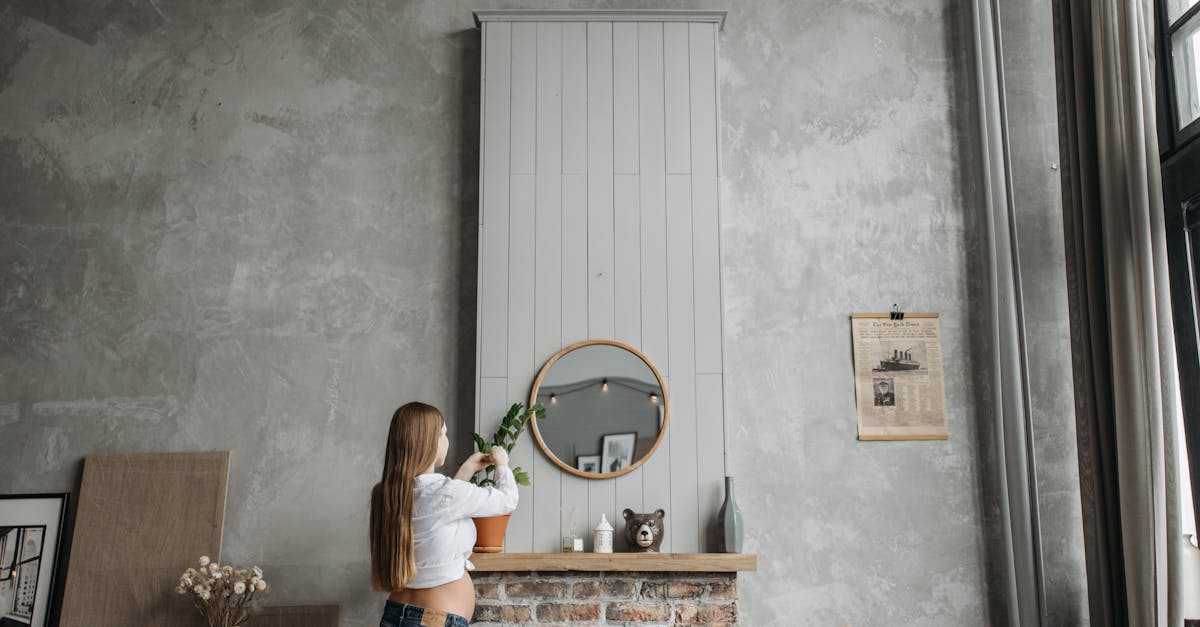Looking to take your indoor plant game to the next level? We’ve got just the solution for you – clay balls! In this text, we’ll study into the world of clay balls for indoor plants and how they can revolutionize your plant care routine.
From their benefits to best practices, we’ve got you covered.
Clay balls, also known as hydroton or LECA (Lightweight Expanded Clay Aggregate), are a popular choice among plant enthusiasts for their excellent drainage properties and ability to improve aeration in plant roots. Join us as we investigate the versatility and effectiveness of these tiny, yet mighty, clay balls in enhancing the health and growth of your indoor plants.
Key Takeaways
- Clay balls, such as hydroton or LECA, offer benefits like improved drainage, enhanced aeration, prevention of soil compaction, reduced root rot, and are lightweight and reusable.
- When using clay balls for potting indoor plants, ensure to include a layer at the bottom of the pot for drainage, use a mesh barrier to prevent soil mixing, potting mix the plant, and water thoroughly.
- Best practices include maintaining a 1-2 inch layer of clay balls, using a mesh barrier, selecting high-quality clay balls for optimal results, and regular inspection for clogs or compaction.
- Choose high-quality clay balls specifically made for horticultural use and consistent in diameter to promote effective drainage and root health.

Benefits of Clay Balls for Indoor Plants
When it comes to caring for indoor plants, clay balls are a game-changer. Here are some key benefits we get when using clay balls:
- Improves drainage: Clay balls prevent waterlogging, keeping roots healthy.
- Enhances aeration: They create air pockets, boosting root growth.
- Prevents soil compaction: Plant roots can breathe easily.
- Reduces root rot: Clay balls help maintain optimal moisture levels.
- Lightweight and reusable: Easy to handle and eco-friendly choice.
Considering these advantages, it’s no surprise that clay balls are a go-to for indoor plant enthusiasts. For more tips on indoor gardening, check out this Beginner’s Guide to Indoor Plants.
How to Use Clay Balls in Potting
When potting our indoor plants with clay balls, we recommend the following steps:
- Prepare a pot with drainage holes at the bottom.
- Add a layer of clay balls to the bottom of the pot for drainage.
- Place a mesh over the clay balls to prevent soil from getting mixed in.
Gently add potting mix on top of the clay balls, position your plant, and fill the remaining space with soil.
Water the plant thoroughly, allowing excess water to drain out. The clay balls will help in preventing overwatering by balancing moisture levels.
For more detailed guidance on potting indoor plants with clay balls, check out this step-by-step tutorial.
| Steps |
|---|
| Prepare pot with drainage holes |
| Add layer of clay balls for drainage |
| Place a mesh over clay balls to prevent soil mixing |
| Add potting mix, plant, and water plant thoroughly |

Best Practices for Using Clay Balls
When using clay balls for indoor plants, after all these best practices:
- Layer Thickness: Aim for a layer of 1-2 inches of clay balls at the bottom of the pot for optimal drainage.
- Mesh Barrier: Place a mesh barrier above the clay balls to prevent soil from seeping down and mixing, maintaining better aeration.
- Choose Wisely: Opt for high-quality clay balls to ensure effective drainage and root health.
- Regular Inspection: Check clay balls periodically for any clogging or compaction.
Considering these practices will maximize the benefits of clay balls for your indoor plants.
For more information on the benefits of clay balls for indoor plants, check out Gardeners World for additional insights.
Choosing the Right Clay Balls for Your Plants
When selecting clay balls for your indoor plants, it’s important to opt for high-quality ones. Look for clay balls specifically designed for horticultural use, like those that are kiln-fired to ensure durability. These premium clay balls offer excellent drainage and aeration for your plants’ roots.
Additionally, consider the size of the clay balls. Choose ones that are consistent in diameter to prevent issues like settling and compaction.
By investing in the appropriate clay balls, you’ll provide your indoor plants with the ideal environment to thrive. For more tips on indoor plant care, visit Gardeners World for expert insights.
After all, the right clay balls can make a significant difference in the and so health and growth of your indoor plants.

